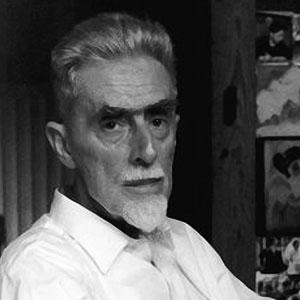
This author with a particularly unique name – Pika Nani – says that her childhood dream of becoming a writer was forgotten when she stepped into the world of higher education and went on to study Psychology. But writing beckoned her once more after her daughter was born. “She really became my inspiration,” says Pika, who was born in Bengaluru and brought up in Mumbai. “When I was a kid, as young as four or five, I used to write small poems. My father was my first inspiration as he would write poems and plays in Kannada. I remember I wrote my first short story in front of the class.” Pika loved to read, Enid Blytons mostly, and along the way, many authors such as R.K. Narayan, O. Henry, Jane Austen, Agatha Conan Doyle have also inspired her.
Writing like Pika Nani
Pika feels that being a good listener and observer is the key to good, emphatic writing and realistic characterization. Here are some tips from her armoury!
- First, even before you begin writing, learn to observe your surroundings and people. Be a good listener, develop empathy. This will help you create realistic characters and settings.
- Ideas for a book can come from anywhere, even when you are on vacation, so always stay ready to jot them down. A good way to get ideas is to ask the question “What if? Like, in my case, a question popped up – ‘What if Sherlock Holmes was a teenage detective from Mumbai?’ It led to my Shrilok Homeless books!
- Start by setting small goals such as writing a diary or short stories. Contribute your writings to the school magazine or blogs. This will give you the confidence to write a book.
- Before you start writing your book, prepare a cover page. Write the title of your book (in large font) and your name below it. You can even add illustrations! Every time you write or type your story, you will see the cover page first and it will motivate you to complete the book. “This worked for me for my first book ‘Little Indians’,” says the author.
Books by Pika Nani
Little Indians: Stories from across the country
The Adventures of Shrilok Homeless
Shrilock Homeless: The Ultimate Adventures Volume 2
The writer’s routine
Pika says that she is, what she calls, a “visual writer”. “I imagine the scene and write what I see,” she explains. “I write in the mornings and afternoons. But if a deadline is near, then I am at my laptop till late night as well. I usually like to get the ideas on paper, from a general outline of the story and protect from there.”
Bet you didn’t know that Pika Nani is not really a pen name, though it has eventually become hers! (The writer’s name is Deepika Murthy.) When she was about two or three years old and people would ask her name, she would end up saying ‘Pika Nani’ when she actually meant to say Deepika Rani, a title she had given herself after hearing all the Raja Rani stories, she thinks! She writes a poem once in a while, when the inspiration strikes.
Picture Credit : Google



